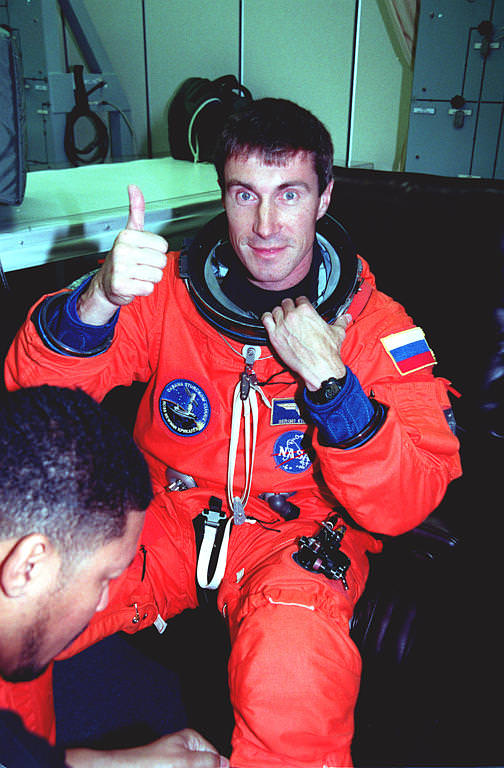Is time travel a fact or is it just science fiction? Thanks to time dilation and Einstein's theory of relativity, we know that time travel can and actually does happen, albeit only in extremely tiny increments at the speeds and distances we can travel in space. If you add up the accumulated speed cosmonaut Sergei Krivalev has traveled in space – the most of any human with a total time spent in orbit of 803 days 9 hours and 39 minutes – he has actually time-traveled into his own future by 0.02 seconds.
Time dilation is caused by differences in either gravity or relative velocity -- each of which affects time in different ways. When astronauts and satellites orbit the Earth, they are slightly further away from the center of the planet --compared to people on the ground – and so they actually experience less gravitational time dilation. This means the astronauts' time would run slightly faster, and when they return to Earth, they'd have to "come back" to the past compared to when they were in space.
But time dilation due to velocity means that clocks for astronauts in space run slightly slower relative to people who are on the ground. When you come back to Earth, you'd be have to go into the future slightly to catch up with clocks on the ground.
The effect of time dilation due to gravity, however, "is quite small because Earth's gravity is quite weak," says educator Colin Stuart in
this great instructional video from TedEd,
"and so the time dilation due to their speed wins out and astronauts really do travel a tiny amount into their futures."
But, as stated earlier, with our current technology limiting the velocities of astronauts, these differences are minuscule: after 6 months on the ISS, an astronaut has aged less than those on Earth, but only by about 0.007 seconds. The effects would be greater if we could get the ISS to orbit Earth at near the speed of light (approximately 300,000 km/s), instead of the actual speed of about 7.7 km/s.
This effect has been proven by GPS satellites, which orbit Earth at about 14,000 km/h (9,000 mph) which cuts several microseconds off their clocks daily, relative to clocks on Earth.
Watch the video for more information and
see associated material from TedEd
, or read these interesting articles from
Huffington Post
and
DailyMail.
Here are some calculations about time and the "Twin Paradox."
And if you really want to know what time it is, check out the
website for the primary atomic clock.
 Universe Today
Universe Today
